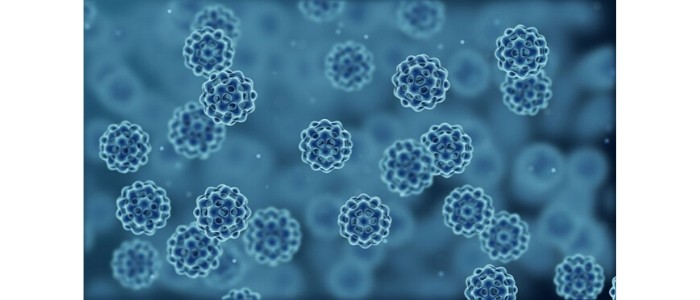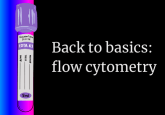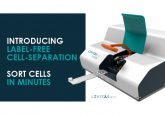Stanford Spinout Levitas Bio to Launch Magnetic Levitation Cell Separation Platform

NEW YORK – Levitas Bio, a Stanford University spinout, is preparing the launch of a technology that sounds nearly imaginary: magnetic levitation-based cell separation. “Unlike anything else out there, when it comes to separating particles, we don’t attach or bind anything to the cells,” said CEO Martin Pieprzyk. “No dyes, no antibodies. It’s touch free. The workflow requires only three steps and can be done in 20 minutes,” he added.
The technology uses magnet-induced density gradients to spread out different types of cells and could be used, for example, to separate live cells from dead ones. Based on data from an automated cell counter, a National Cancer Institute lab, for instance, was able to recover about 75 percent of live cells run through an early-access version of the platform, said Seth Brodie, a senior scientist at the NCI-Frederick cancer genomics research lab. “It’s a lot better than what fluorescence-activated cell sorting (FACS) can do. You lose tons of cells in a FAC sorter.”
The new tech also enables separation of previously inaccessible cell types and avoids the potential for antibodies to confound gene expression in cells by activating them. Levitas will begin selling its LeviCell platform, including the $90,000 instrument and $90 consumable cartridges, next month with hopes that customers will place it upstream of any number of applications, including cell population analysis, single-cell genomics, and gene editing.
There may also be diagnostic use cases further down the line. “As we start to move into precision medicine, if you can better isolate cell populations, that would inform diagnosis for a particular treatment,” said Bill Hyun, director of the Lab for Advanced Cytometry at the University of California, San Francisco and a member of Levitas’ scientific advisory board
View the complete article here.
Read more about Levitas Bio here.


